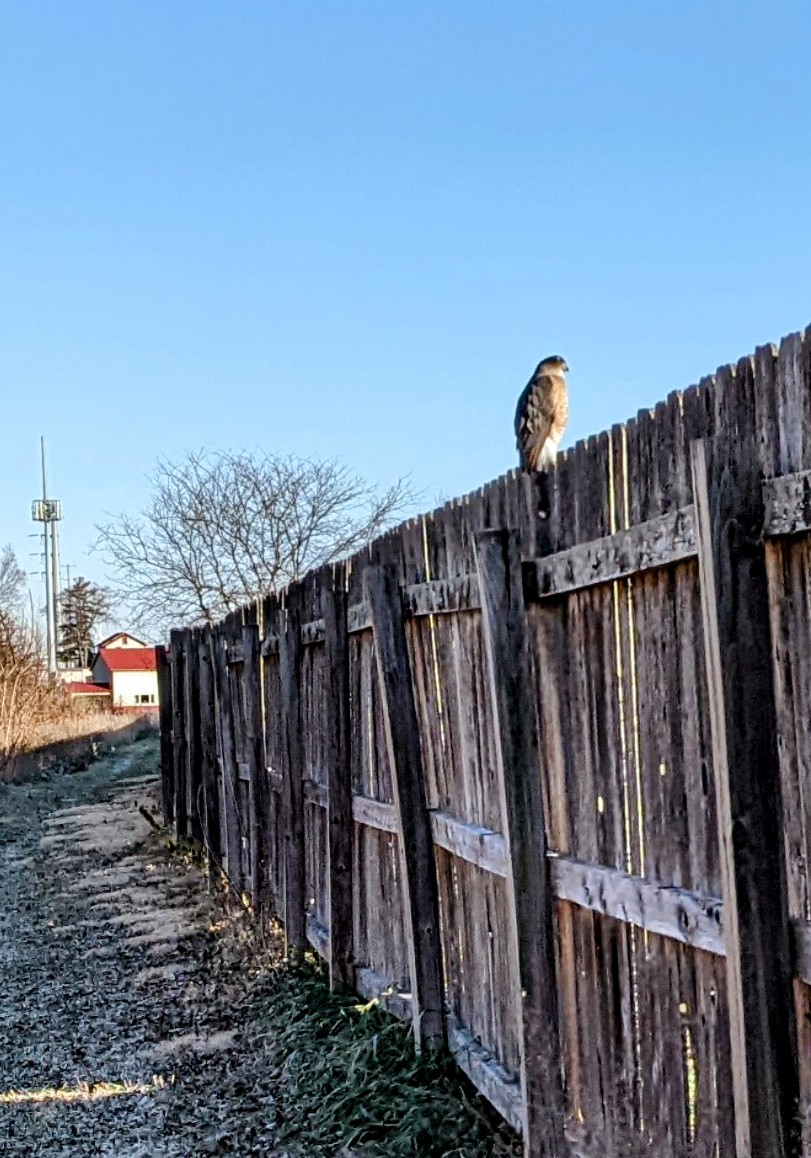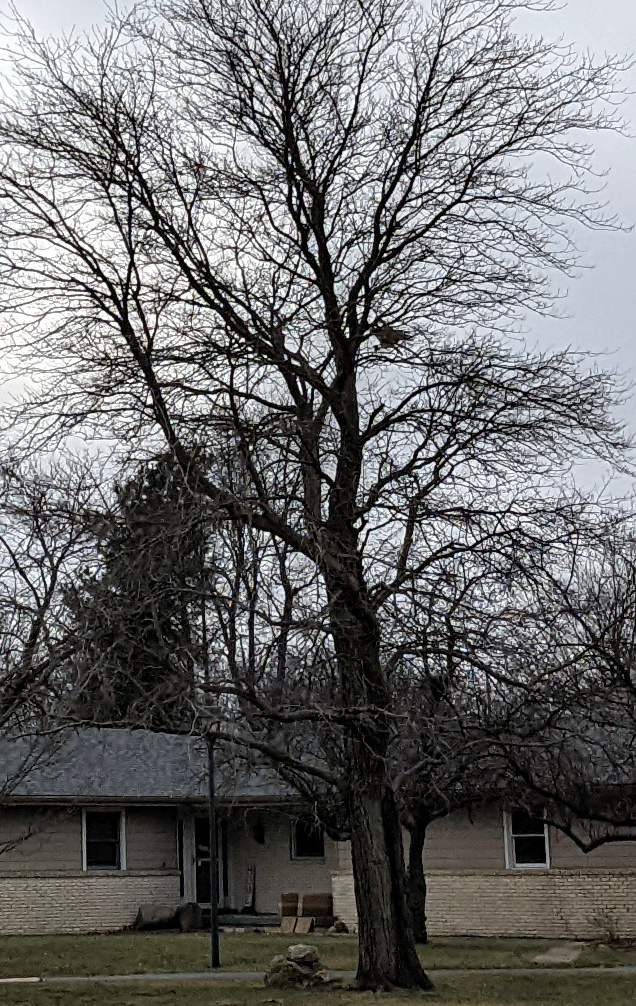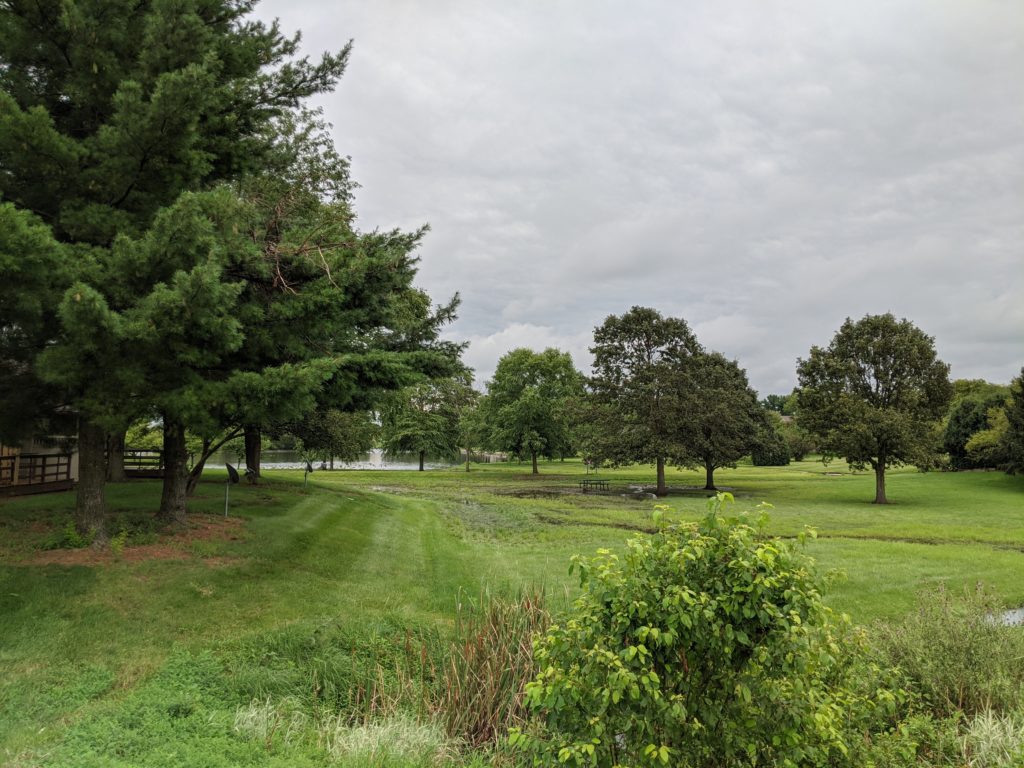While walking Ashley, happened upon this probably immature hawk on the fence.
He let me walk right past, without flying away.


While walking Ashley, happened upon this probably immature hawk on the fence.
He let me walk right past, without flying away.

A long tedious pdf from those Davos guys. Only of interest because the topic is near to my heart. I may yet manage to plow through the whole thing, looking for the good bits. Via @bruces.
“The report also sets out how public and private urban leaders can utilise nature to both reduce the impact of their cities on biodiversity, increase their climate resilience, and secure significant economic benefits.”
Source: BiodiverCities by 2030: Transforming cities’ relationship with nature | World Economic Forum
What a terrible headline!
I suggest: “In a city enhanced with crows, idiots try to chase them away with lasers.”
Source: A California City Is Overrun by Crows. Could a Laser Be the Answer? – The New York Times
On Friday I did a 4 mile run. 🏃🏻♂️ Around half way, a Red-tailed Hawk flew low over my head and struck at prey in the lawn across the street. Then, before I could get my phone out, flew up into a tree. You can see it there: the bird-shaped smudge about 2/3rds up.

I have always said, water knows where it ought to go better than the Army Corps of Engineers does.
Where were these flooded basements? Judging by the news reports, mainly dug into the old stream courses and freshwater wetlands of the city.
I have always resisted driving places to get exercise. I do it, to spend time at cool outdoor (and even indoor) places, but each time I have to get over thinking, “But I could just run/walk/whatever right here and not have to drive at all!”
I think I’m over it. Post-pandemic I’m going to be a lot more willing to drive someplace just to walk or run on a trail.


Jackie attended the annual Illinois Master Naturalist’s conference last week, and came away with any number of interesting tidbits, but one in particular stuck with me: Forest bathing is like ergonomics.
Both Jackie and I have had our understanding of ergonomics informed by Katy Bowman, who points out:
Modern ergonomics is not the scientific pursuit of what is best for the human body, but the scientific pursuit of how the human body can be positioned (in one position, for eight or more hours at a time) for the purpose of returning to work the next day, and then the next and the next and the next.
Don’t Just Sit There by Katy Bowman; excerpt.
What Jackie learned at her conference was that the Japanese concept of forest bathing (shinrin-yoku) has roots in the same idea. When Japanese salarymen started dying from overwork, a lack of exposure to nature was put forward as a partial explanation.
If the problem is a lack of exposure to nature, then immersing yourself in nature is an obvious solution. But, of course, actually immersing yourself in nature would take too much time out of the workday. Hence the research into forest bathing is all about finding the minimum effective dose. There is little or no research into figuring out the optimum time for humans to spend in nature.
Keep that in mind when you read yet another article about how just looking at a forest scene for 20 minutes reduces salivary cortisol 13.4%, or walking in the woods for just 40 minutes improves mood and boosts feelings of health and robustness.
I’m not so much interested in the answer to the question, “What’s the least number of minutes I can spend in nature and not die early from overwork?”
I’m more interested in questions like:
I have my own tentative answers to many of these questions, but very little data.


The immature Bald Eagles that I saw last year have grown up! You can’t see it, but I saw an adult Bald Eagle soar over this grassy area, then perch on that tall tree near the center. #mbaug